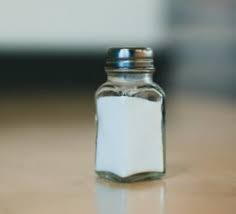Sodium Intake : WHO Report

According to the WHO Global Report on Sodium Intake, Reduction two million deaths can be prevented by 2025 and seven million by 2030 if policies recommended by the World Health Organization to reduce sodium intake are implemented.
- Of the 194 WHO member states, 55 per cent have implemented sodium reduction policies and other measures through mandatory and voluntary approaches.
- The global average salt intake is estimated to be 10.8 grams per day, more than double the WHO recommendation of fewer than 5 grams of salt per day (one teaspoon).
- Bread and bread products are the most targeted food category for sodium reduction across the implemented reformulation policies in member states.
- This was followed by meat, poultry, game or fish, ready-made and convenience foods and composite dishes and savoury snacks.
- Key salt reduction measures will generate an extra year of healthy life for a cost that falls below the average annual income or gross domestic product per person.
Sodium:
- Sodium (Na) is a chemical element of the alkali metal group(Group 1 ) of the periodic table.
- It occurs abundantly in nature in compounds, especially common salt—sodium chloride (NaCl)—which forms the mineral halite and constitutes about 80 per cent of the dissolved constituents of seawater.




